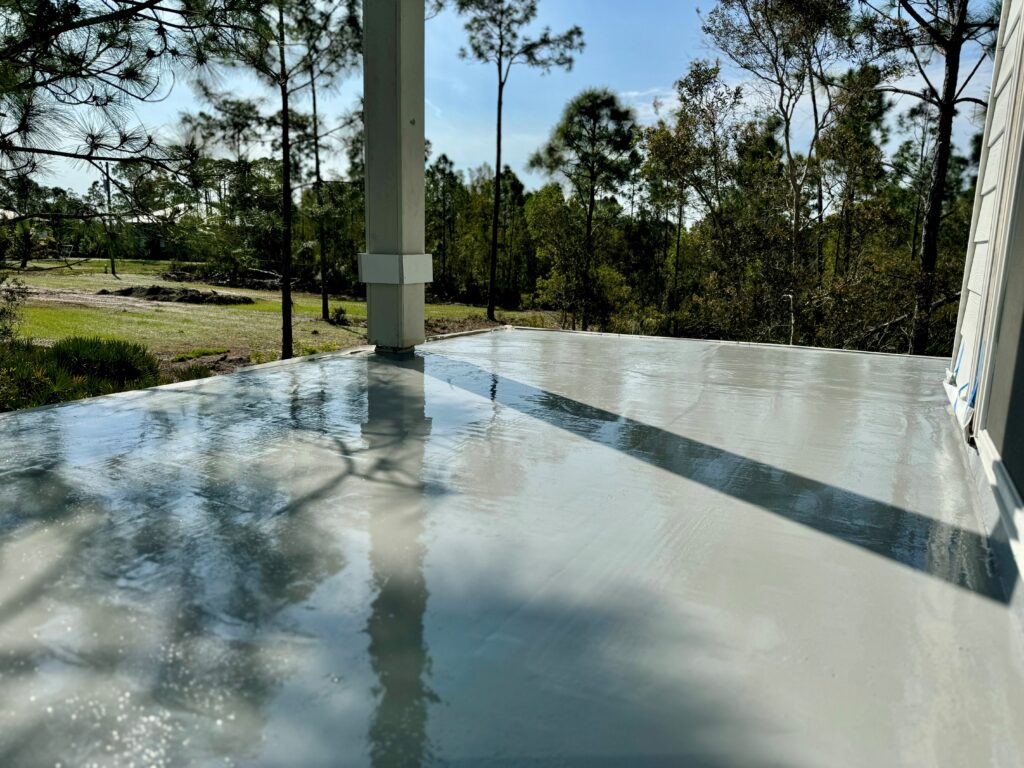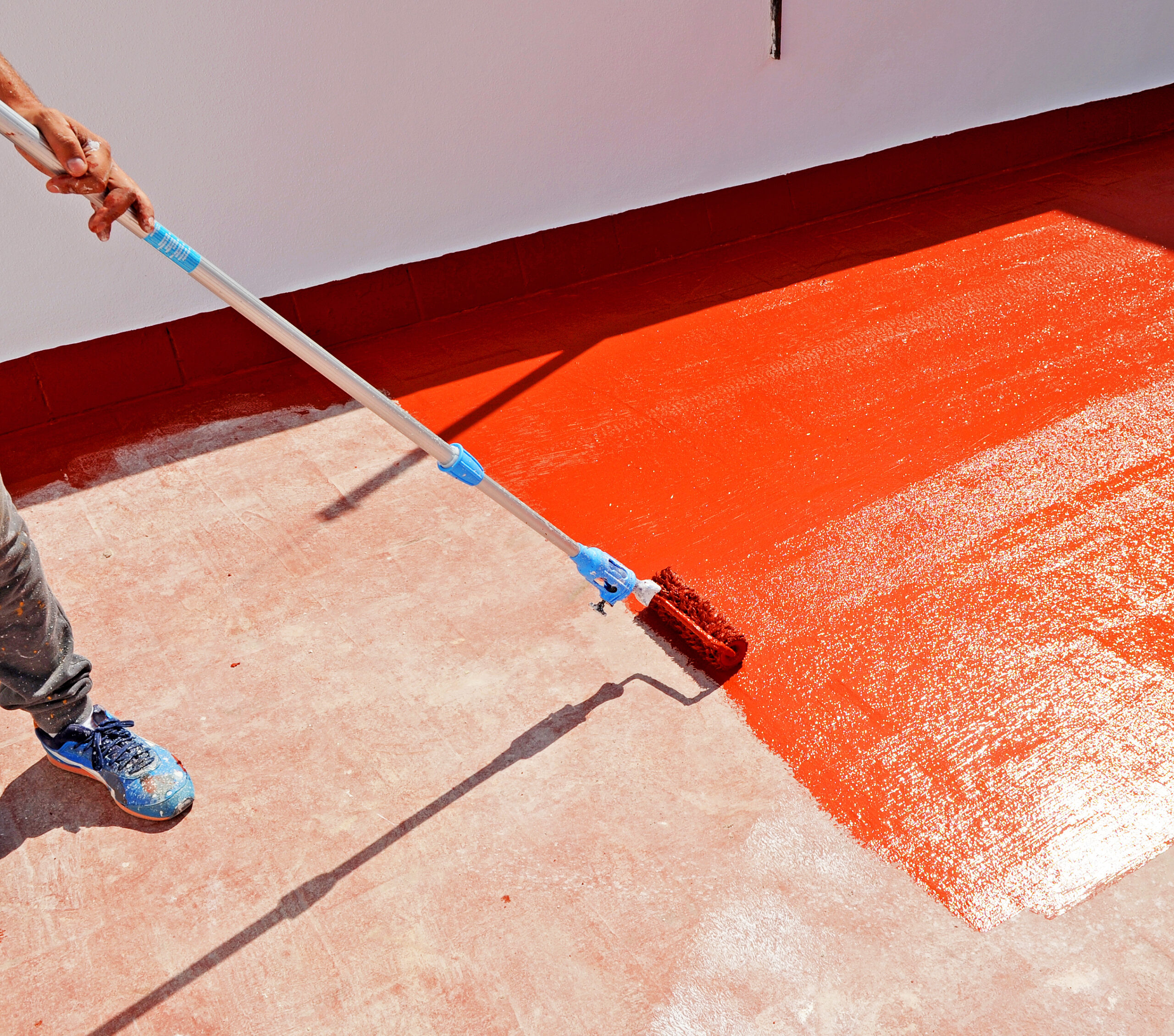Waterproofing is a fundamental aspect of construction that often doesn’t receive the attention it deserves. Yet, its importance cannot be overstated. From protecting buildings against moisture damage to enhancing structural integrity, proper waterproofing plays a critical role in ensuring the longevity and durability of any structure. In this article, we delve into the significance of waterproofing during the construction process, tracing its evolution from traditional methods to modern advancements like house wraps.
The history of waterproofing dates back centuries, with early methods relying on natural materials such as clay, tar, and bitumen. One of the earliest forms of waterproofing involved bituminous impregnated paper, which was laid between layers of masonry to prevent moisture ingress. This method provided basic protection against water, but it had its limitations, particularly in terms of durability and effectiveness.
As construction practices advanced, so did waterproofing techniques. Innovations in materials and technology led to the development of more sophisticated solutions. One significant advancement was the introduction of house wraps, which revolutionized the way buildings are protected against moisture.
House wraps, also known as weather-resistant barriers, are synthetic materials that are installed over the exterior sheathing of a building before the cladding is applied. Unlike traditional methods like bituminous impregnated paper, house wraps offer superior protection against water infiltration while allowing moisture vapor to escape, thus preventing issues like mold and rot.
Here at CoatRite, we utilize thousands of products from multiple manufacturers in order to tailor a waterproofing solution for each and every project. We use a wide variety of products in including cementitious waterproofing, bituminous coatings, polyurethane liquids, and PVC vinyl membranes.
So Why is Waterproofing so Important?
- Preventing Water Damage: Water intrusion can cause a myriad of problems, including rot, mold growth, and structural damage. By effectively waterproofing a building, contractors can mitigate these risks and preserve the integrity of the structure.
- Enhancing Energy Efficiency: In addition to protecting against water damage, house wraps can also improve energy efficiency by reducing air leakage. This helps maintain a consistent indoor temperature, ultimately lowering heating and cooling costs.
- Prolonging Lifespan: A well-protected building is likely to have a longer lifespan. By investing in proper waterproofing during the construction phase, property owners can avoid costly repairs and replacements down the line.
- Maintaining Indoor Air Quality: Moisture infiltration can lead to the growth of mold and mildew, which can have adverse effects on indoor air quality and pose health risks to occupants. Waterproofing helps prevent these issues, creating a healthier indoor environment.
At CoatRite, our team understands not only the importance of waterproofing during the construction process, but also the local climate and environmental factors unique to Sarasota, FL, which enables us to tailor our waterproofing strategies to suit the specific challenges posed by the region’s weather conditions.
n conclusion, CoatRite is your trusted partner for all your waterproofing needs in Southwest Florida. With our expertise, dedication to quality, and commitment to excellence, we are here to help you protect your investment and ensure the long-term durability of your structures.


